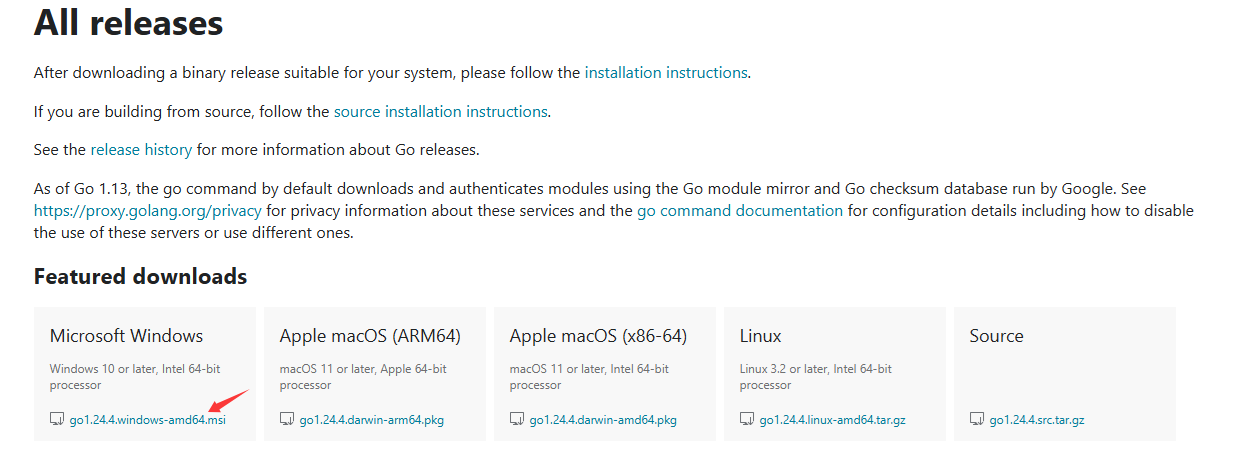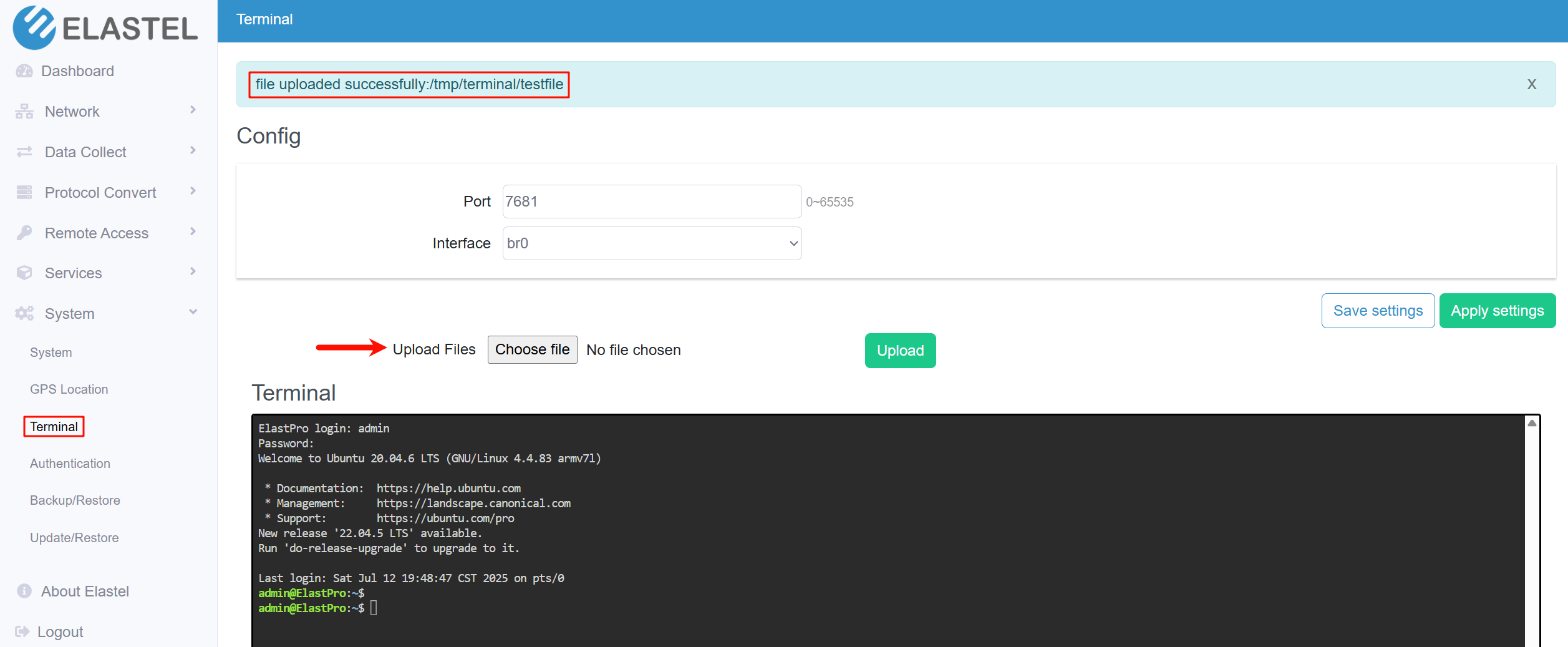Go
Secondary Develop Elastel Gateways by Go
Elastel gateways are built on an Open Linux system embedded computer, allowing users to create custom applications using Go. Go programs, once compiled, do not depend on system libraries of the target system, and the ARM processor architecture is backward compatible. This makes Go applications very flexible for deployment and execution on Elastel gateways.
Typical use cases include:
- High-performance data processing and device control
- Serial, network, and protocol communication (e.g., Modbus RTU/TCP, MQTT, TCP/UDP)
- Real-time control and edge logic processing
- Integration with low-level device drivers or GPIO access
1. Supported Models and Compilation Parameters
Go programs do not rely on system libraries, and the ARM processor architecture is backward compatible, meaning higher-version processors are compatible with lower-version instruction sets. Therefore, Go programs can be compiled with different parameters.
The table below summarizes the recommended Go language compilation parameters for Elastel models:
| Product Model | Processor Architecture | Recommended Parameters |
|---|---|---|
| EG500/EG410/ElastBox400/EG324L | ARM 64-bit (ARMv8) | GOOS=linux GOARCH=arm64 |
| EG324/EC212/EC211 | ARM 32-bit (ARMv7) | GOOS=linux GOARCH=arm GOARM=7 |
2. Go SDK Environment Setup (Windows System)
-
Download and Install Go Go to the official Go download page:
https://go.dev/dl/, download the Windows installer, and install it.
-
Verify Installation After installation, open PowerShell or CMD and run the following command:
go versionYou should see output similar to this:
go version go1.24.4 windows/amd64
3. Programming Example: LED Control (ledtest)
The following program controls the system LED blinking via /dev/led:
package main
import (
"fmt"
"os"
"time"
)
func main() {
file, err := os.OpenFile("/dev/led",os.O_RDWR,0)
if err != nil {
fmt.Println("led open error!\n")
os.Exit(1)
}
defer file.Close()
buf := make([]byte, 1)
for {
buf[0] = '0'
file.Write(buf)
time.Sleep(500 * time.Millisecond)
buf[0] = '1'
file.Write(buf)
time.Sleep(500 * time.Millisecond)
}
}
3.1. Compiling the Test Program
Create a file named ledtest.go and copy the code above into it.
Choose the appropriate compilation command based on your target device type:
-
ARM 64-bit (ARMv8) Device Compilation Command:
$env:GOOS = "linux"
$env:GOARCH = "arm64"
go build -o ledtest ledtest.go -
ARM 32-bit (ARMv7) Device Compilation Command:
$env:GOOS = "linux"
$env:GOARCH = "arm"
$env:GOARM="7"
go build -o ledtest ledtest.go
3.2. Upload and Run on the Gateway
Upload the compiled test program to the device and change its permissions. Run the program using the ./ledtest command.
Method 1: Upload via Web Terminal (Check ElastPro for more details)
-
Open browser at
http://192.168.1.1→ System → Terminal → Upload Files
-
Move the uploaded file to persistent path:
sudo mv /tmp/terminal/testfile /home/admin/
Method 2: Using MobaXterm / Xshell
- Drag and drop via SFTP to the
/home/admin/path.
Run the program:
cd /home/admin
chmod +x ledtest
./ledtest
The SYS LED will blink every 0.5 seconds, indicating successful control.
4. Recommended Practices
- Use built-in interfaces (e.g., serial ports, GPIO, LED) for development.
- Configure
/etc/init.d/rcSfor startup services or usecrontabfor scheduled runs.
5. Appendix Tables
| EG324 Peripheral Resource | Device Interface Name |
|---|---|
| COM1 | /dev/ttyAMA0 |
| COM2 | /dev/ttyAMA1 |
| COM3 | /dev/ttyAMA2 |
| COM4 | /dev/ttyAMA3 |
| SYS LED Indicator | /dev/led |
| SYS2 LED Indicator | /dev/led2 |
| Buzzer | /dev/buzzer |
| Ethernet Port 1 | eth0 |
| Ethernet Port 2 | eth1 |
For other models, please contact Elastel support or refer to models hardware manuals for Peripheral Interface tables.
- Official Website:
https://www.elastel.com - Support Email:
support@elastel.com